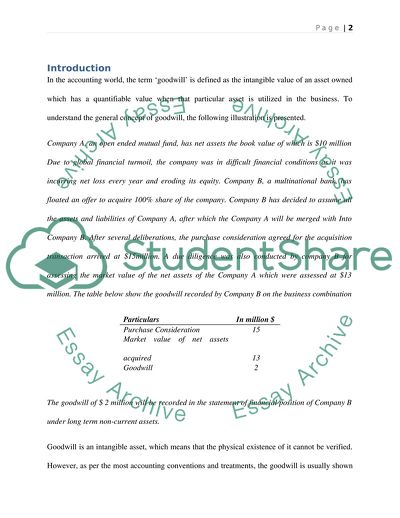Cite this document
(Treatment of goodwill Research Paper Example | Topics and Well Written Essays - 5500 words, n.d.)
Treatment of goodwill Research Paper Example | Topics and Well Written Essays - 5500 words. https://studentshare.org/finance-accounting/1798107-treatment-of-goodwill
Treatment of goodwill Research Paper Example | Topics and Well Written Essays - 5500 words. https://studentshare.org/finance-accounting/1798107-treatment-of-goodwill
(Treatment of Goodwill Research Paper Example | Topics and Well Written Essays - 5500 Words)
Treatment of Goodwill Research Paper Example | Topics and Well Written Essays - 5500 Words. https://studentshare.org/finance-accounting/1798107-treatment-of-goodwill.
Treatment of Goodwill Research Paper Example | Topics and Well Written Essays - 5500 Words. https://studentshare.org/finance-accounting/1798107-treatment-of-goodwill.
“Treatment of Goodwill Research Paper Example | Topics and Well Written Essays - 5500 Words”. https://studentshare.org/finance-accounting/1798107-treatment-of-goodwill.


